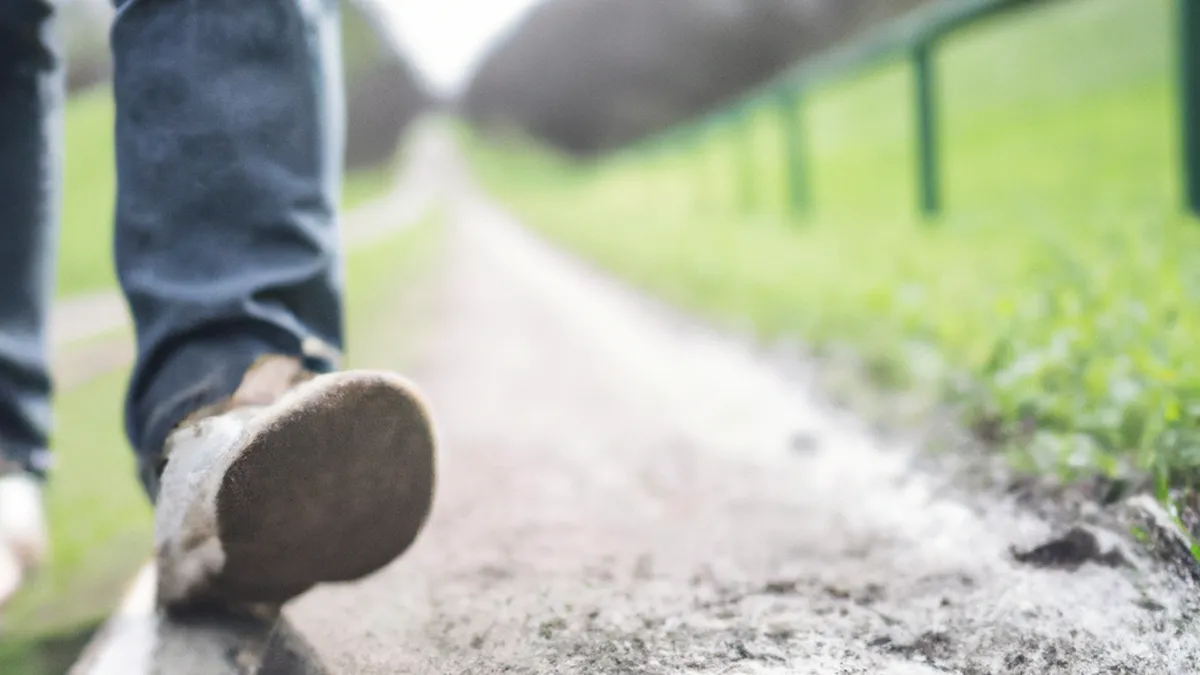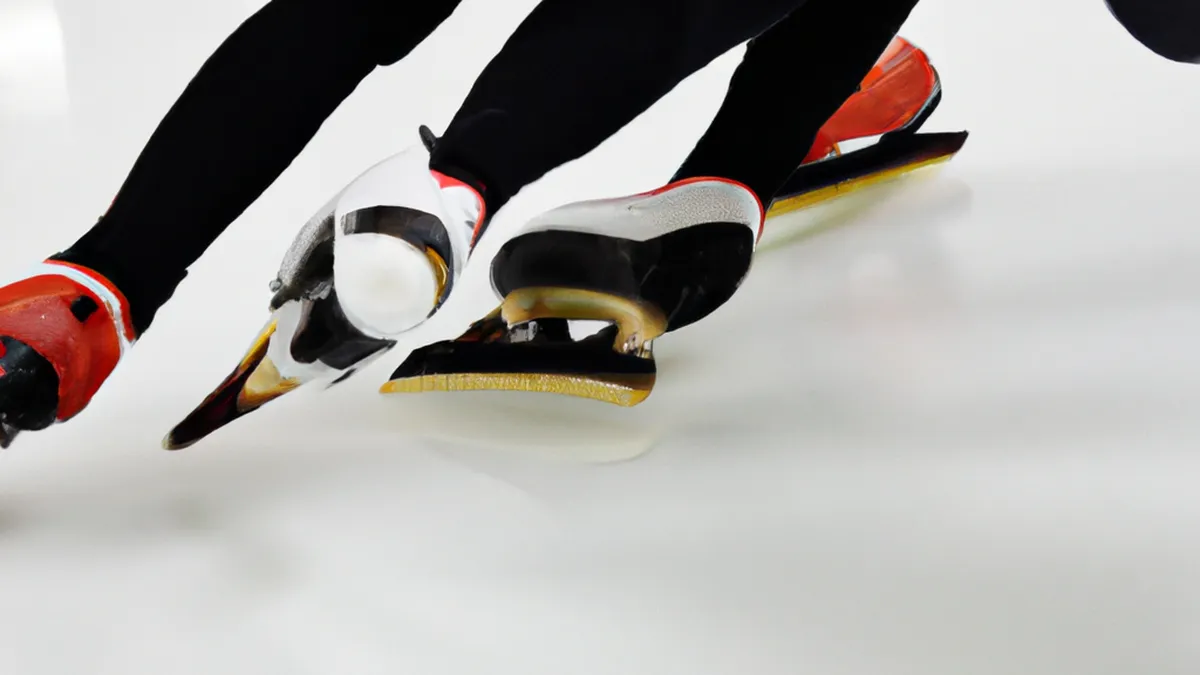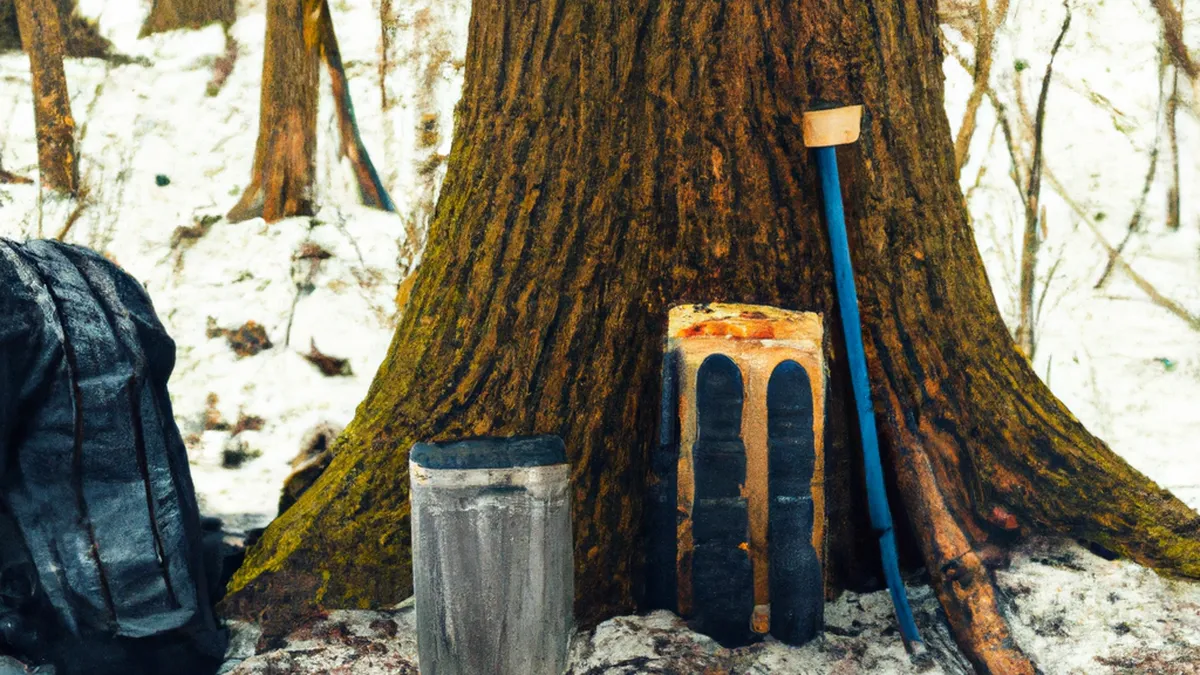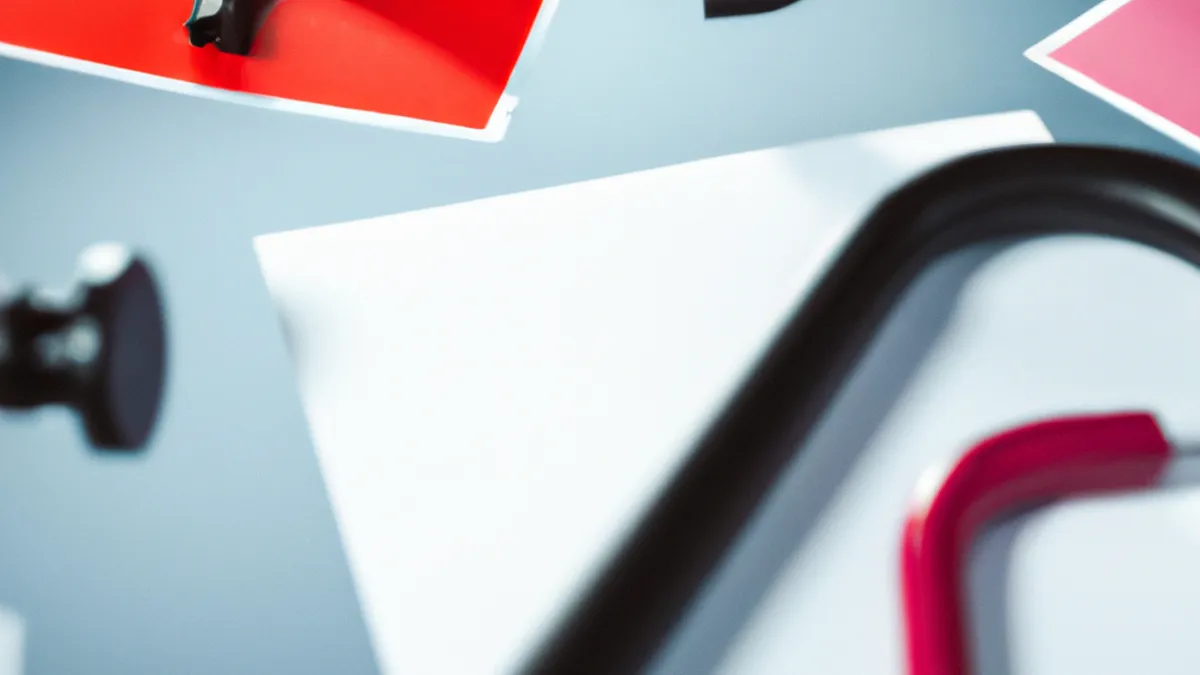Ditch the Discomfort: Blister Solutions
Recovery Protocols for Blisters: A Comprehensive GuideBlisters can cause pain and frustration, often appearing at inconvenient times. These fluid-filled pockets form between skin layers due to friction, heat, or medical conditions. Understanding how to care for blisters ensures smooth recovery and prevents complications. This guide explores recovery protocols, preventive measures, and proper care importance.
Understanding Blisters
Blisters develop in response to skin irritation or damage. They commonly appear on areas like hands and feet that experience friction. For example, ill-fitting shoes or repetitive activities can cause blisters. Recognizing the blister type is crucial for effective treatment. Blisters can contain clear fluid, blood, or pus, depending on the cause and severity. Each type requires specific care, so knowing the right approach helps you heal faster and more effectively.
Tips for Caring for Blisters
As an Amazon Associate I earn from qualifying purchases.
Gear tip: consider portable ball rebounder, agility cones, and speed ladder to support this topic.
1. Keep It Clean
First, keep the blister area clean. Gently wash the affected skin with mild soap and water to remove dirt. Avoid harsh soaps or vigorous scrubbing, as this can worsen irritation. Pat the area dry with a soft cloth.
2. Avoid Popping
Avoid popping a blister, even if it’s large and painful. Popping can introduce bacteria and lead to infection. The fluid protects the underlying skin from infection. If a blister doesn’t cause significant pain, leave it intact.
3. Drain Safely
If a blister is large or painful, drain it safely. Use a sterile needle or sterilized scissors to gently puncture the blister’s edge. Let the fluid escape without removing the skin flap, as it protects the underlying skin. After draining, clean the area again and cover it with a sterile bandage.
4. Cover the Blister
After cleaning and draining, protect the blister with a bandage. A hydrocolloid dressing provides cushioning and promotes healing. Change the dressing daily or when it becomes wet or dirty to minimize infection risk.
5. Monitor for Infection
Monitor the blister closely. Watch for signs of infection, such as increased redness, swelling, warmth, or pus. Consult a healthcare professional if you notice any of these symptoms. Early intervention prevents complications and promotes faster healing.
Advice for Preventing Blisters
While treating blisters is essential, preventing them is even more important.
Conclusion
This guide summarizes key insights on blister recovery and prevention.
Below are related products based on this post:
FAQ
What are blisters and how do they form?
Blisters are fluid-filled pockets that form between skin layers due to friction, heat, or certain medical conditions. They commonly develop on areas like hands and feet that experience repetitive irritation or damage, such as from ill-fitting shoes.
How should I care for a blister?
To care for a blister, keep the area clean by washing it gently with mild soap and water. Avoid popping the blister to prevent infection, and if necessary, drain it safely while keeping the skin flap intact for protection.
What signs indicate a blister may be infected?
Signs of infection in a blister include increased redness, swelling, warmth, or the presence of pus. If you notice any of these symptoms, it’s important to consult a healthcare professional for early intervention and to promote faster healing.















Post Comment